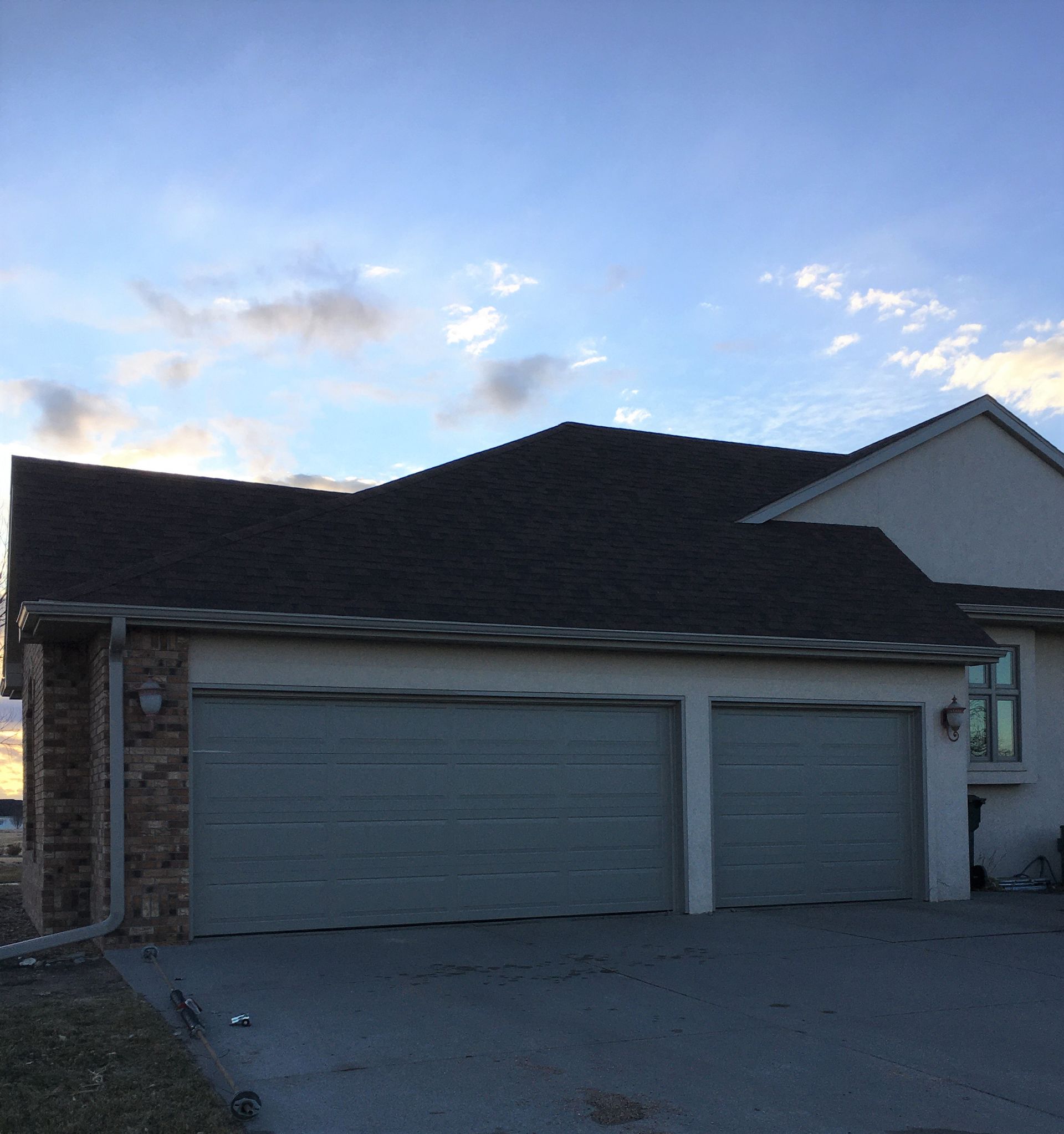The weather can have a huge impact on your roof. Understanding the challenges each season brings can help protect and extend your roof's life. Let’s dive into how weather affects your roof and tips for year-round protection.

The Weather Effects: Rain, Snow, and Heat on Your Roof
Persistent Rain: Excessive rainfall can lead to leaks, mold growth, and erosion. If your roof isn't properly sealed, water can get in and cause damage.
Snow and Freezing Weather: Snow accumulation can put pressure on your roof, causing sagging or even collapse. Ice dams, which form when melting snow refreezes, can also block drainage and lead to leaks.
Summer Heat: High heat can cause shingles to warp or crack. The continual expansion and contraction of roofing materials under intense heat can also cause long-term damage.
How to Prepare Your Roof for Harsh Weather
To protect your roof from extreme weather conditions, it’s important to:
- Clear gutters: Make sure your gutters are free from debris to avoid water backup during heavy rains or melting snow.
- Inspect shingles: Examine your shingles and replace any that are damaged or missing to prevent leaks and additional damage.
- Seal roof cracks: Look for cracks or gaps and seal them to prevent water from seeping into your roof during storms or snowmelt.
- Inspect your insulation: Proper insulation helps keep your home energy-efficient and prevents the formation of ice dams.
Weathercraft’s Recommended Roof Inspections and Maintenance
To keep your roof in peak condition, Weathercraft suggests having it inspected twice a year—once in spring and once in fall. We’ll identify weather-related damage and make recommendations for repairs and upgrades to protect your roof from harsh weather.